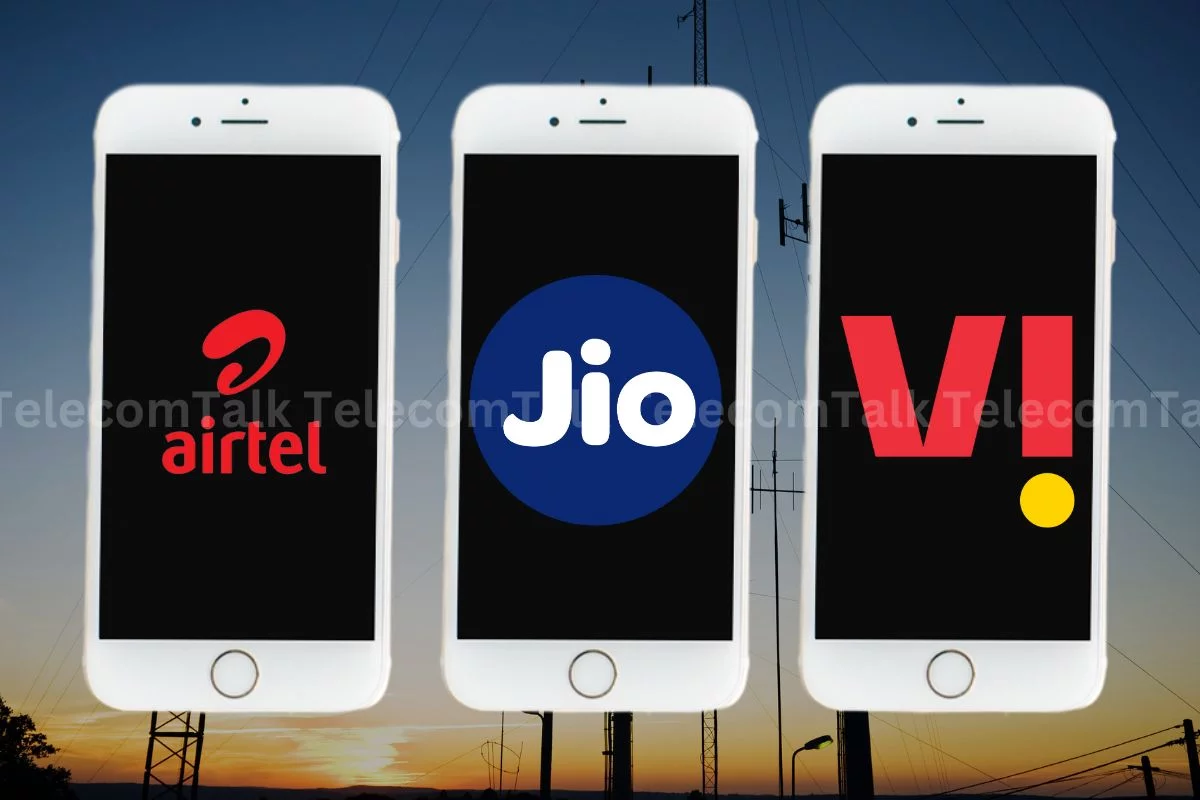
Reliance Jio, Bharti Airtel, and Vodafone Idea (Vi) are the leading telecom operators in India. For all of them, a key metric to measure their performance every quarter is to see how well their ARPU (average revenue per user) is growing. Airtel has been the leading telco for the longest time when it comes to having the highest ARPU. But after Q3 FY24, the difference in ARPU between Airtel, Jio and Vi has become even larger. Airtel's ARPU is growing in a pretty healthy manner, while for Jio, the growth has stunted because of no tariff hikes. Here's what you should know.
Airtel vs Jio vs Vi: ARPU
At the end of Q3 FY24, Airtel's ARPU was Rs 208 (in Q2, it was Rs 203). Jio's ARPU was Rs 181.7 in both Q2 and Q3 of FY24. This means, there was no growth in ARPU for Jio. For Vi, the ARPU went up from Rs 139 (Q2) to Rs 145 (Q3).
Read More - Airtel Q3 FY24 Results: ARPU Reaches Rs 208, More Details Here
Airtel is the winner here, pretty evidently. Without any major tariff hike, Airtel has achieved an ARPU of Rs 208. Yes, the telco did remove the Rs 99 base plan and now the new base plan costs Rs 155. But a full-scale tariff hike, expected in FY25, will help Airtel in reaching the ARPU target of Rs 250 in the short-term.
Read more - Vodafone Idea Net Loss Narrows to Rs 6,989 Crore in Q3 FY24
Airtel has a target of Rs 300 ARPU in the medium-term. Airtel's been benefitting from Airtel Black, its bundled service that pushes customers to opt for postpaid mobile connections instead of prepaid. The mobile customers of Airtel are also spending more than Rs 239 to access 5G service. Further, the data vouchers are also designed in a way that would boost the revenues of Airtel and also give the customer what he/she is looking for.
Read More - Reliance Jio Q3 FY24 Results: ARPU, Net Profit, 5G Subscribers and More
For Reliance Jio, without a tariff hike, it will be hard to move the needle of ARPU upwards towards where Airtel is. However, it is worth taking into account that Jio doesn't focus on ARPU as much as its competitors do. Jio wants to keep the tariffs affordable for customers and earn at a larger scale than Airtel or Vi.
For Vi, such a low ARPU is definitely a big problem. The telco has many legacy network users who don't require data as much as 4G/5G customers do. Thus, unless the telco adds more 4G customers, it would be hard for it to boost its ARPU.















